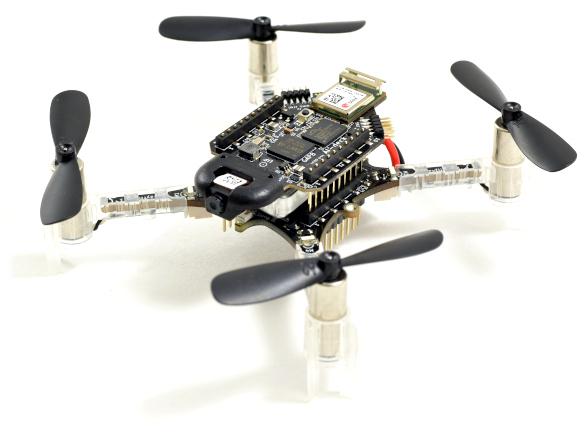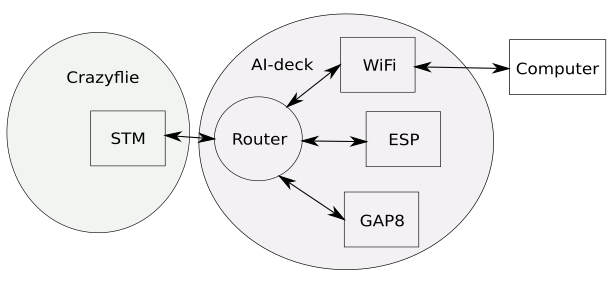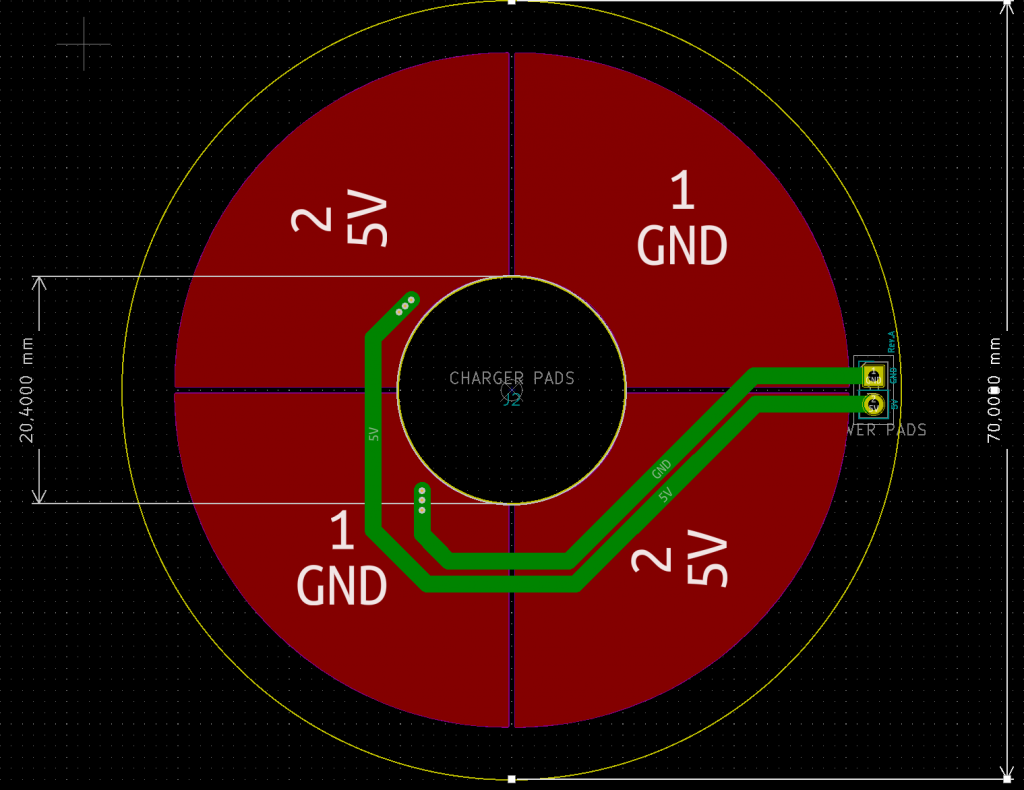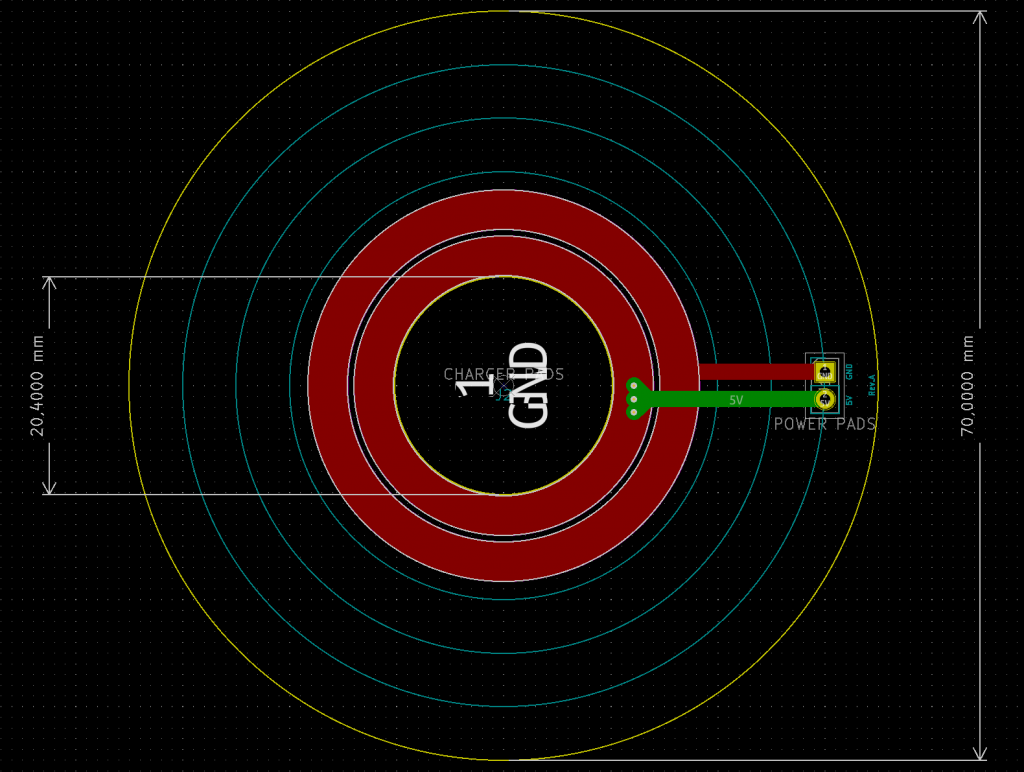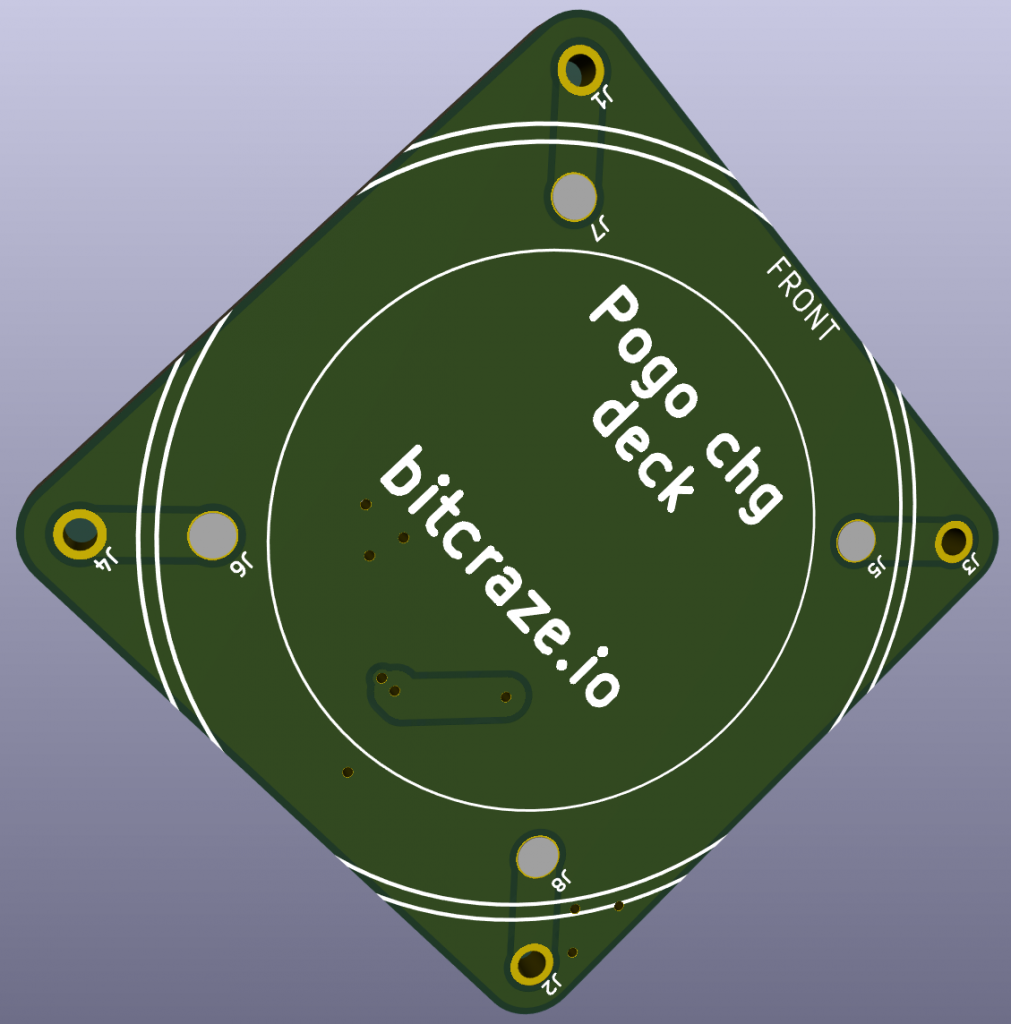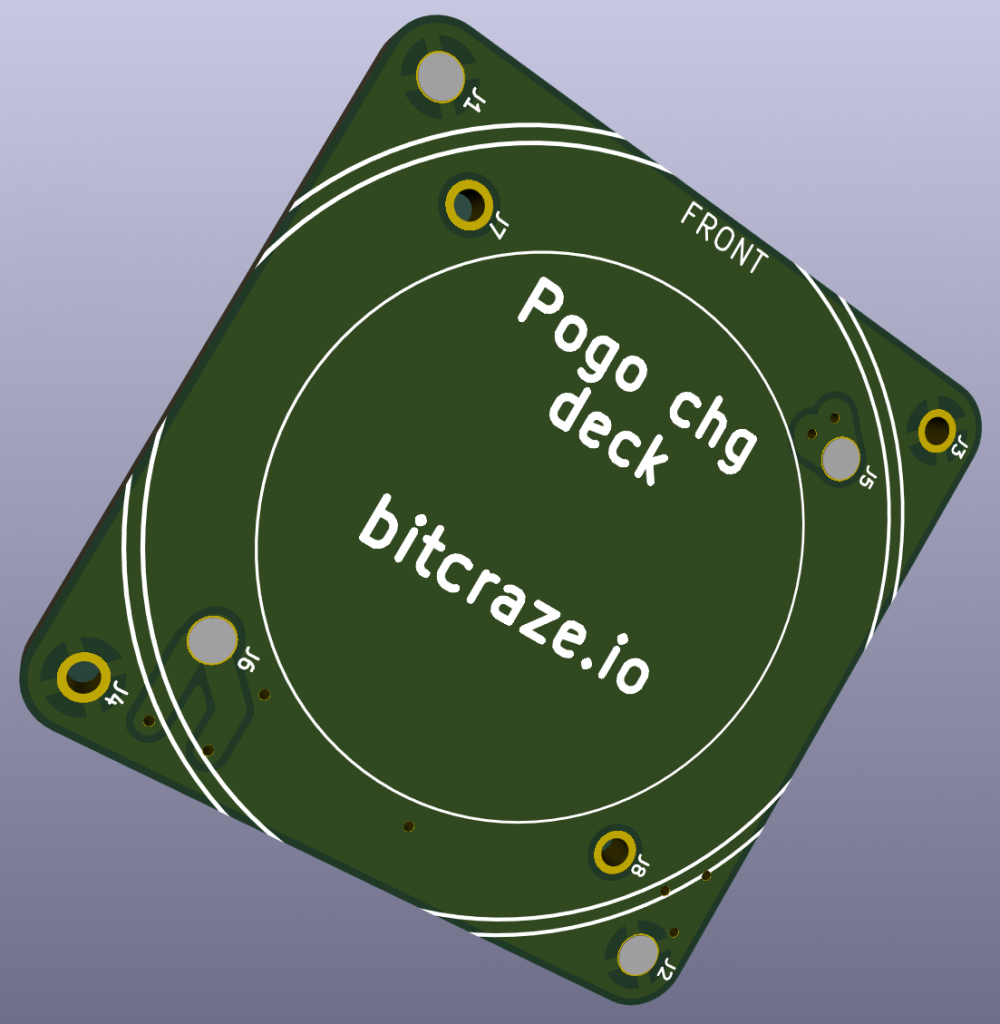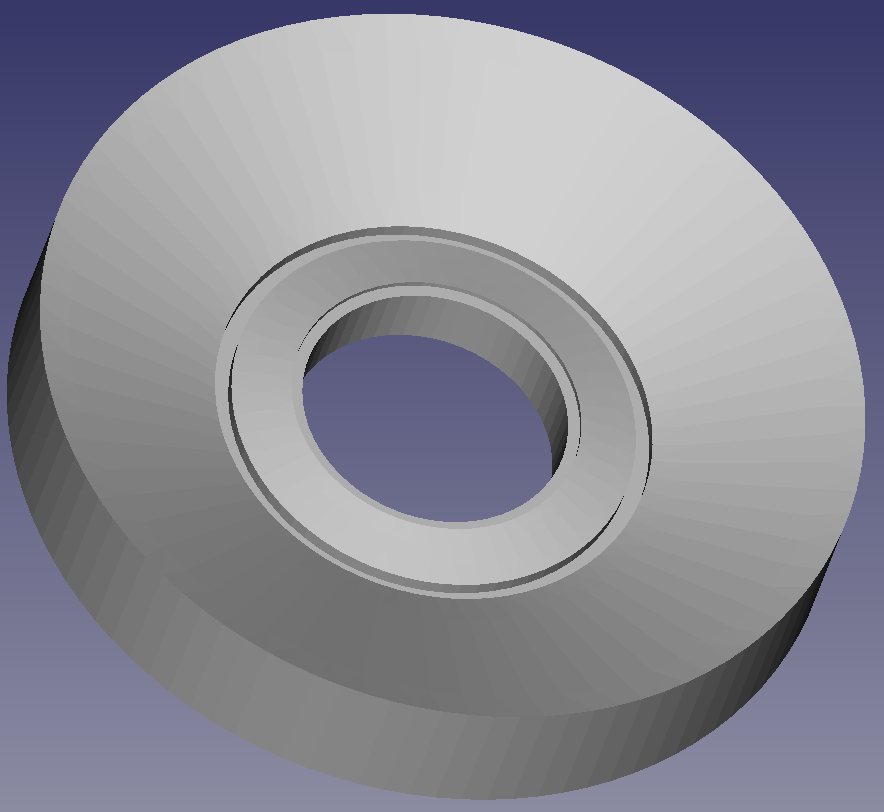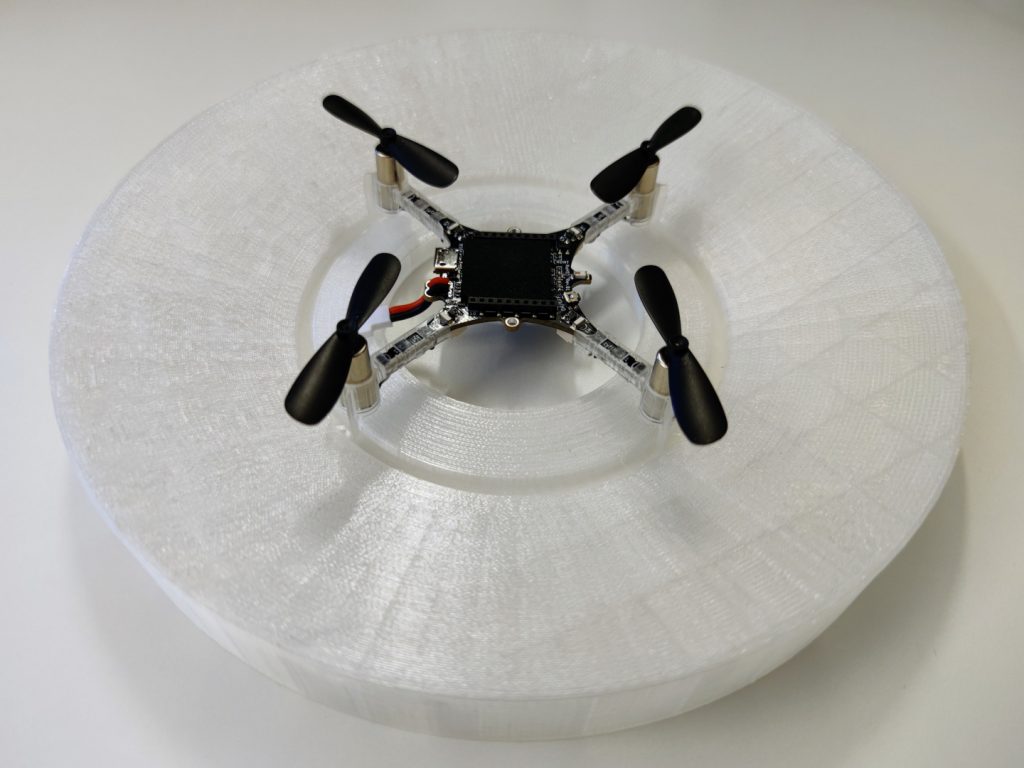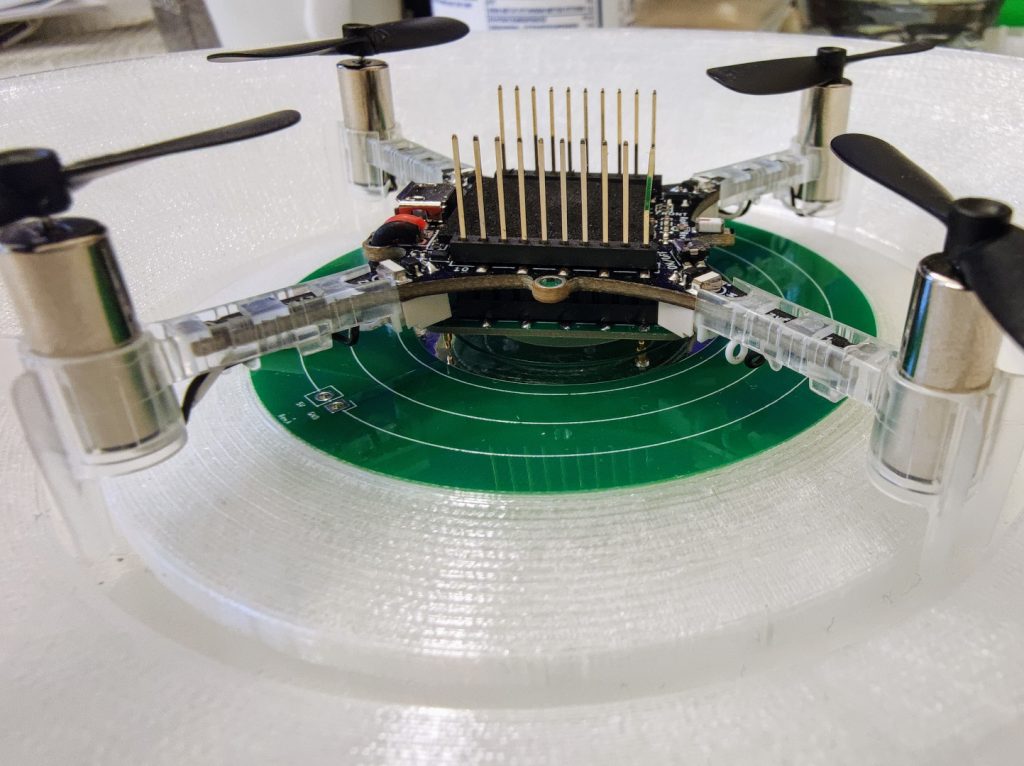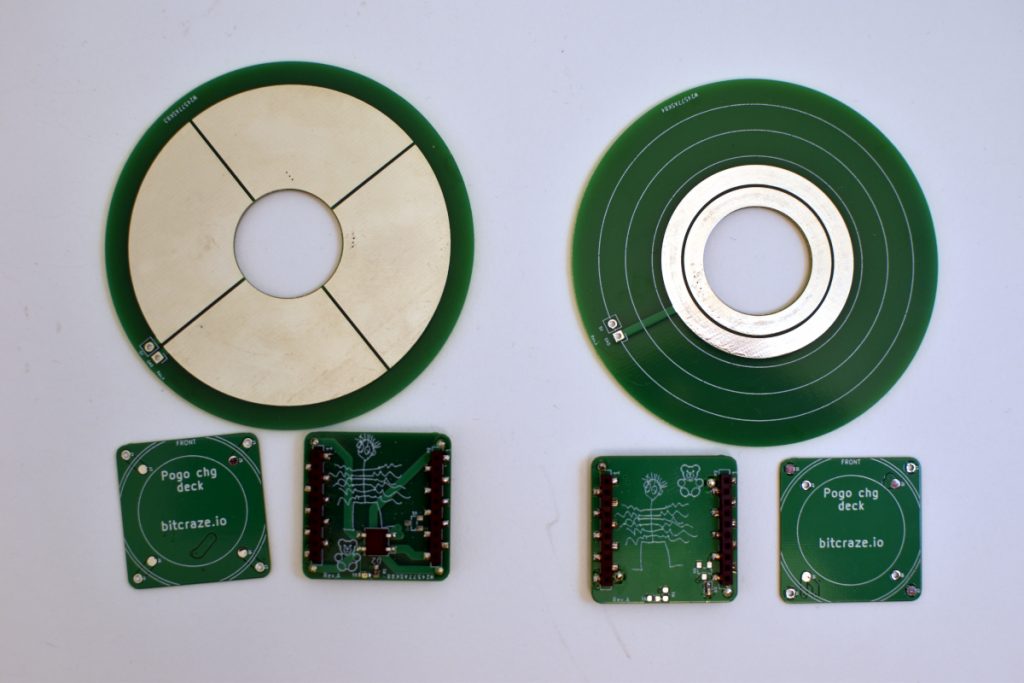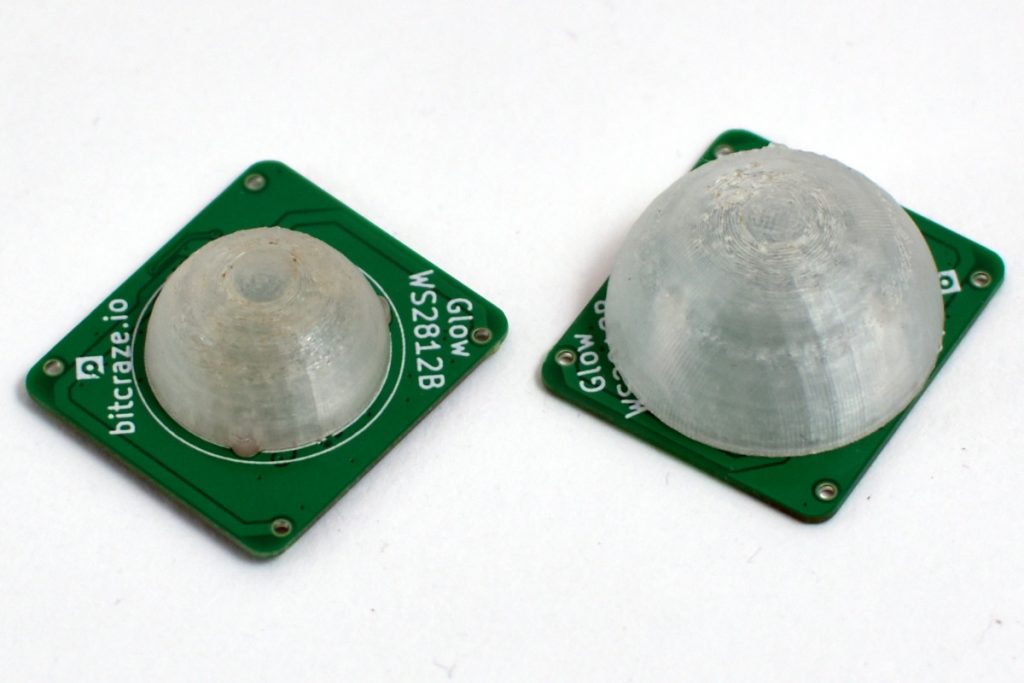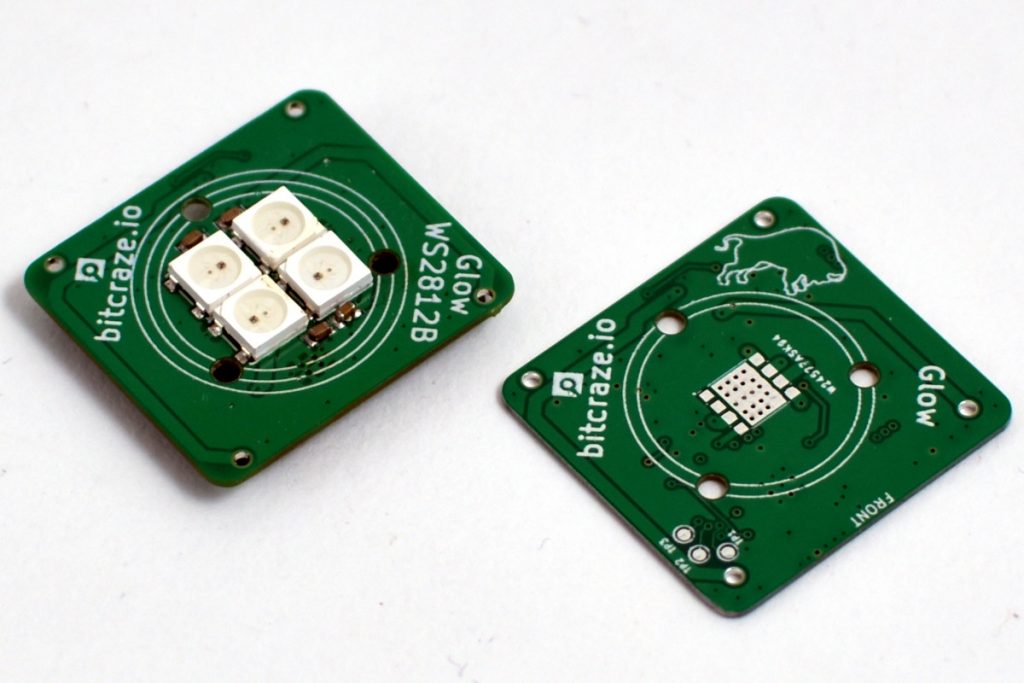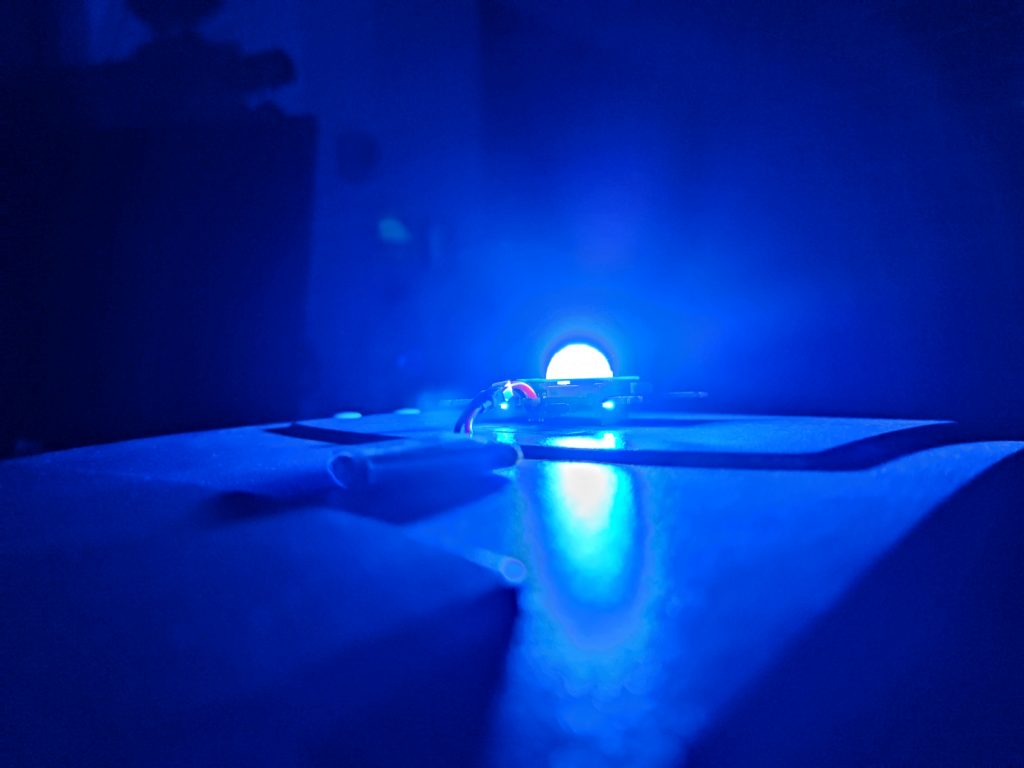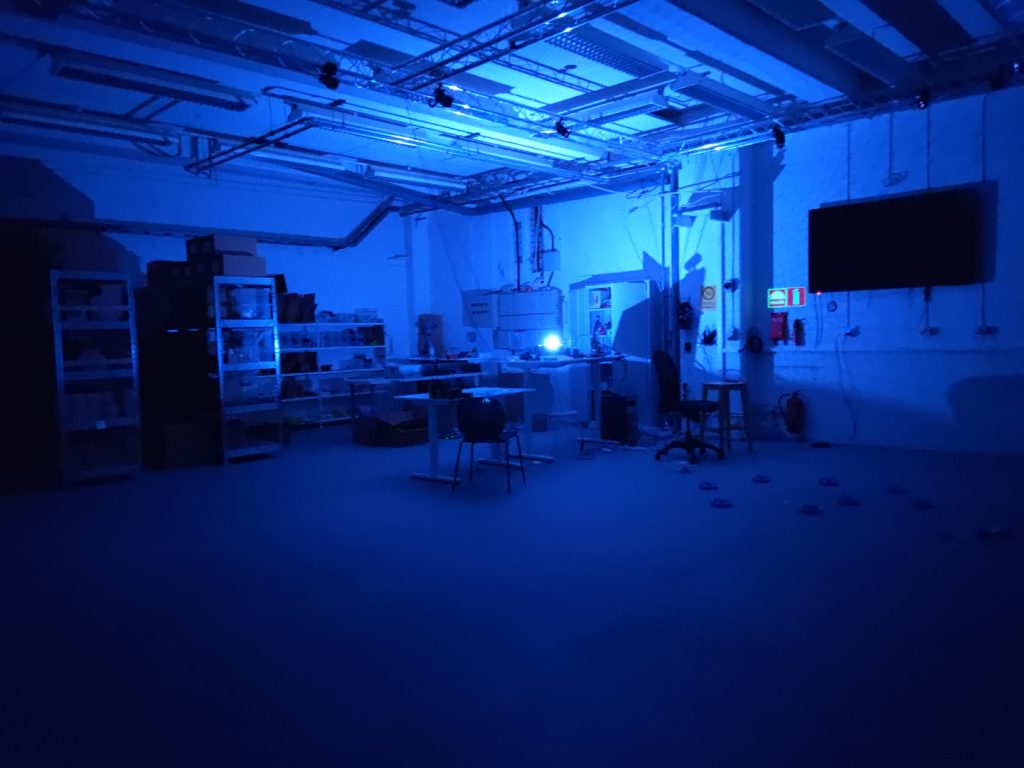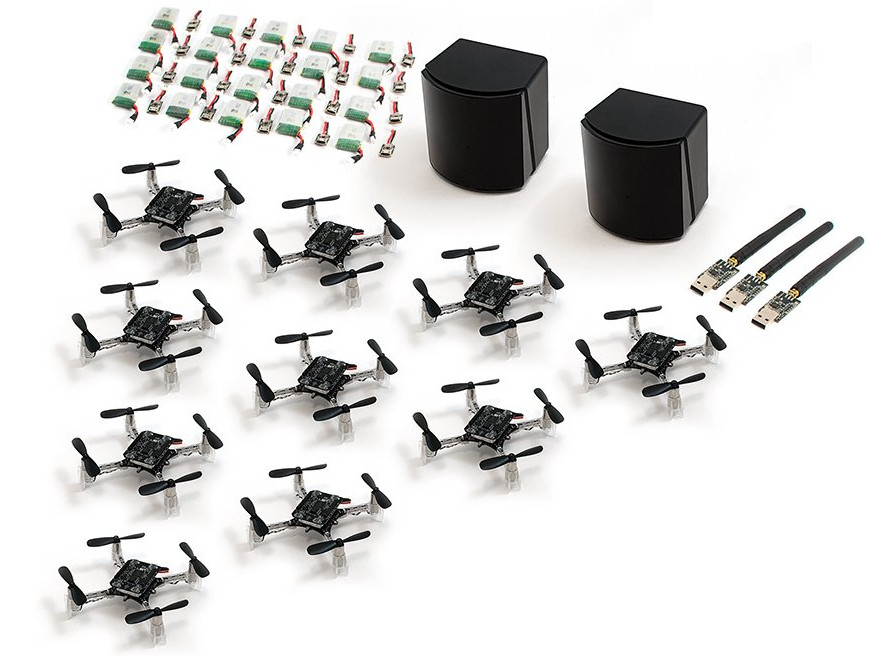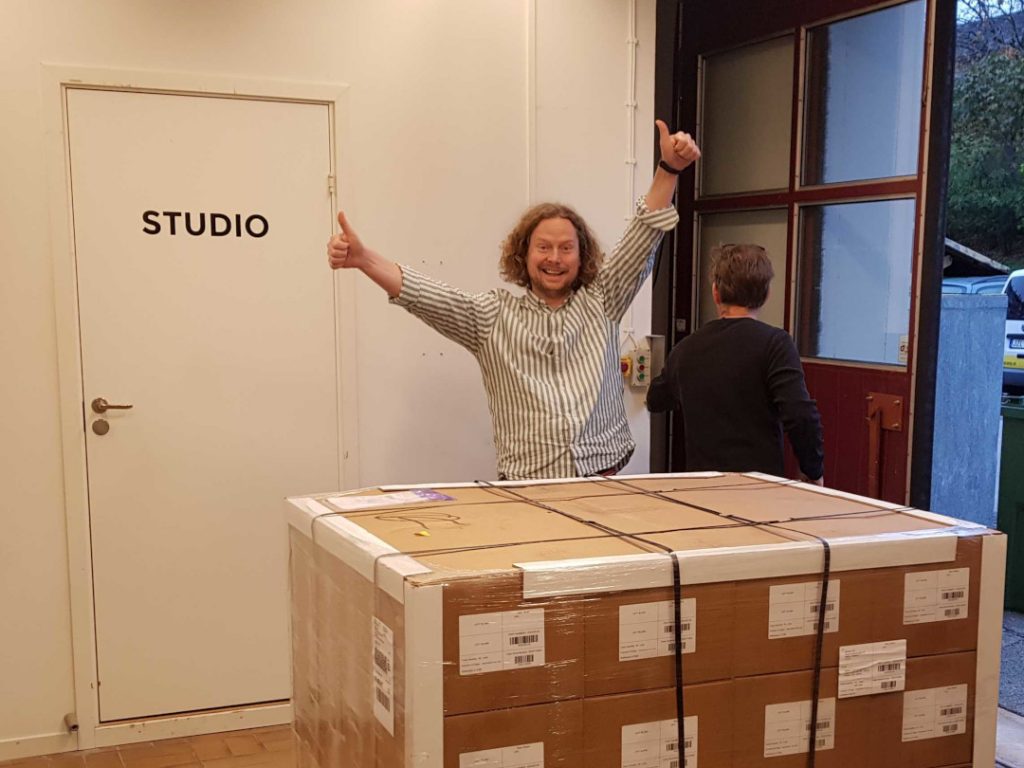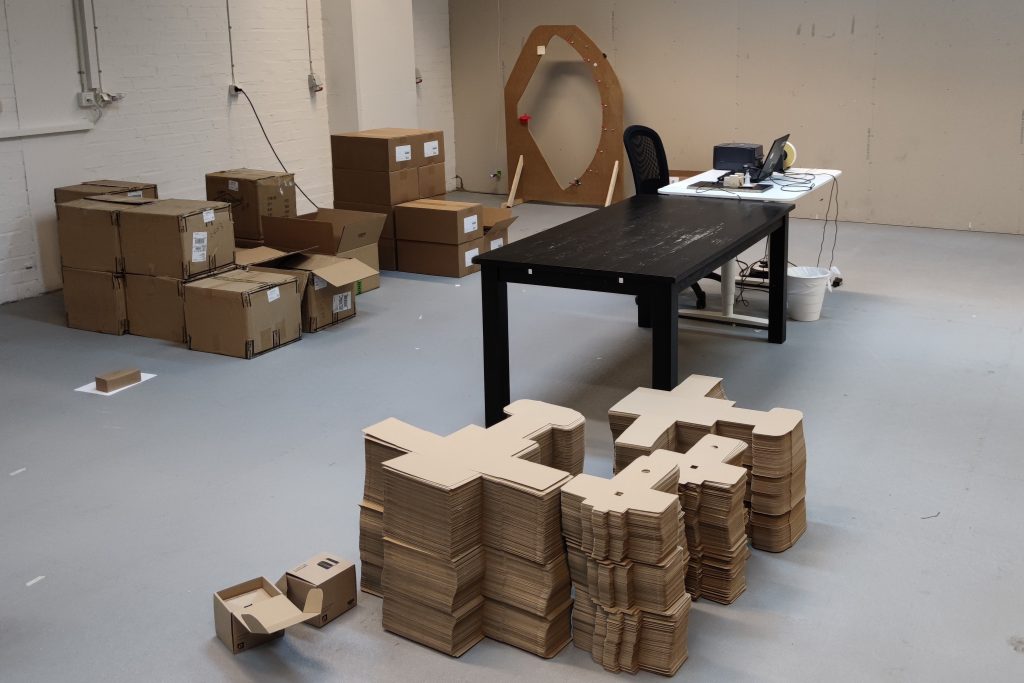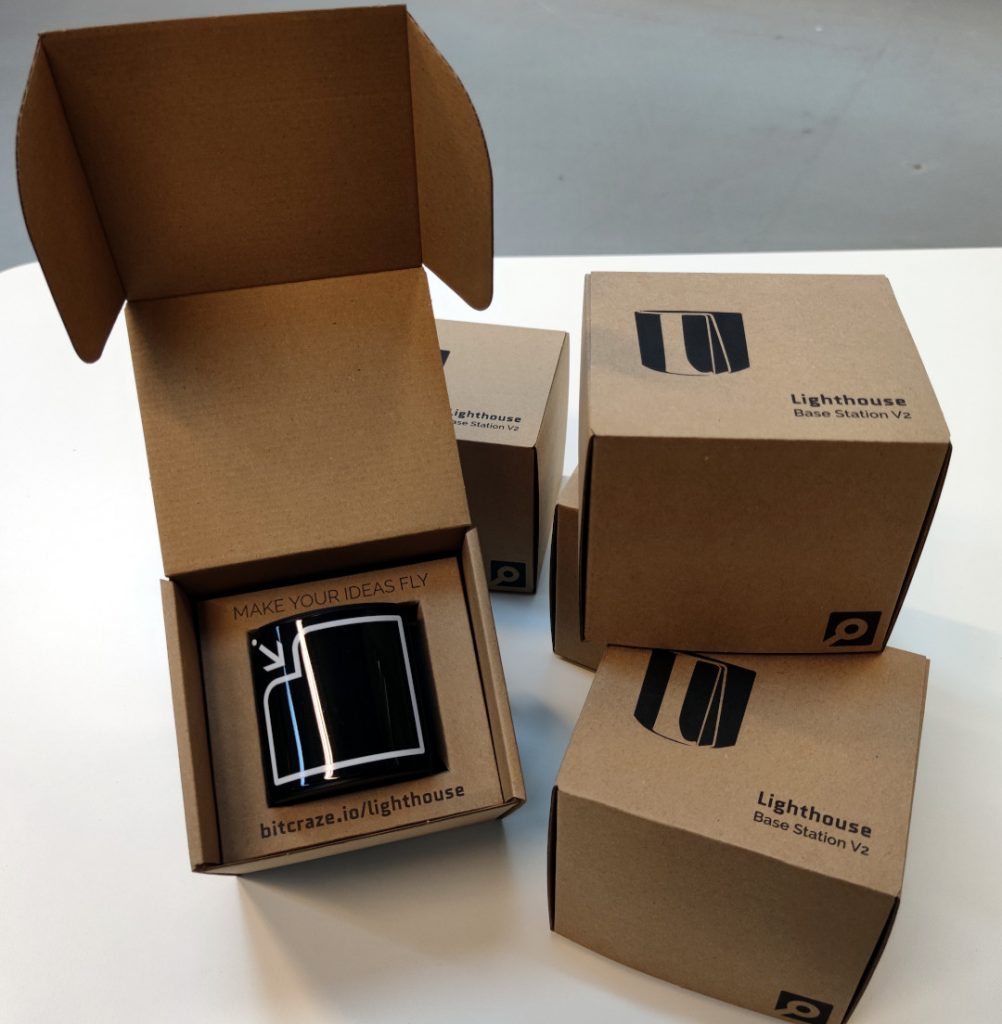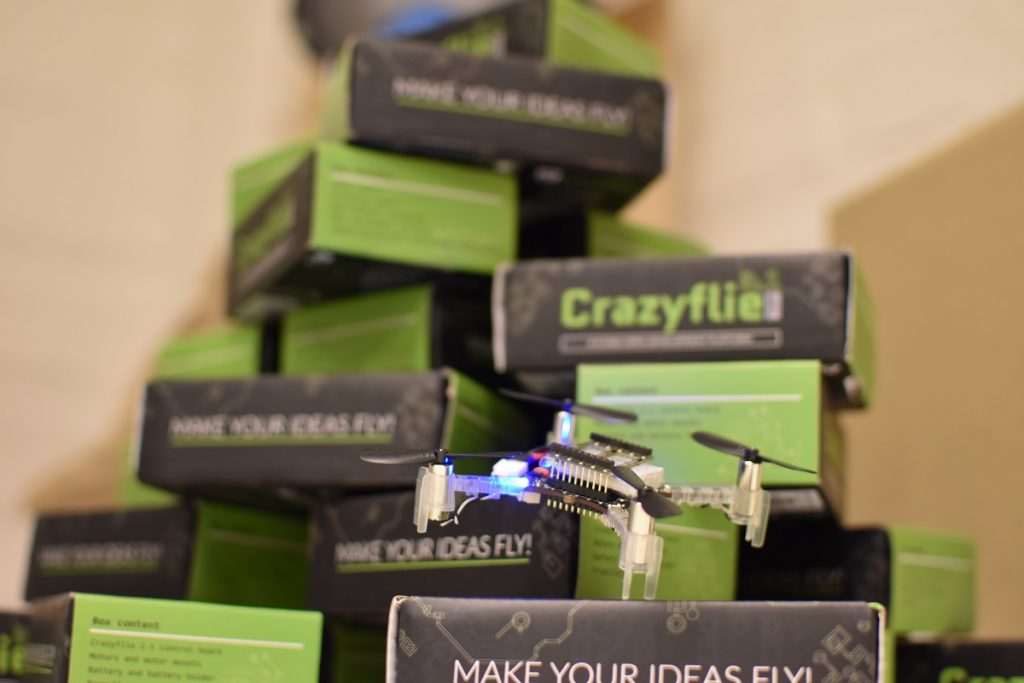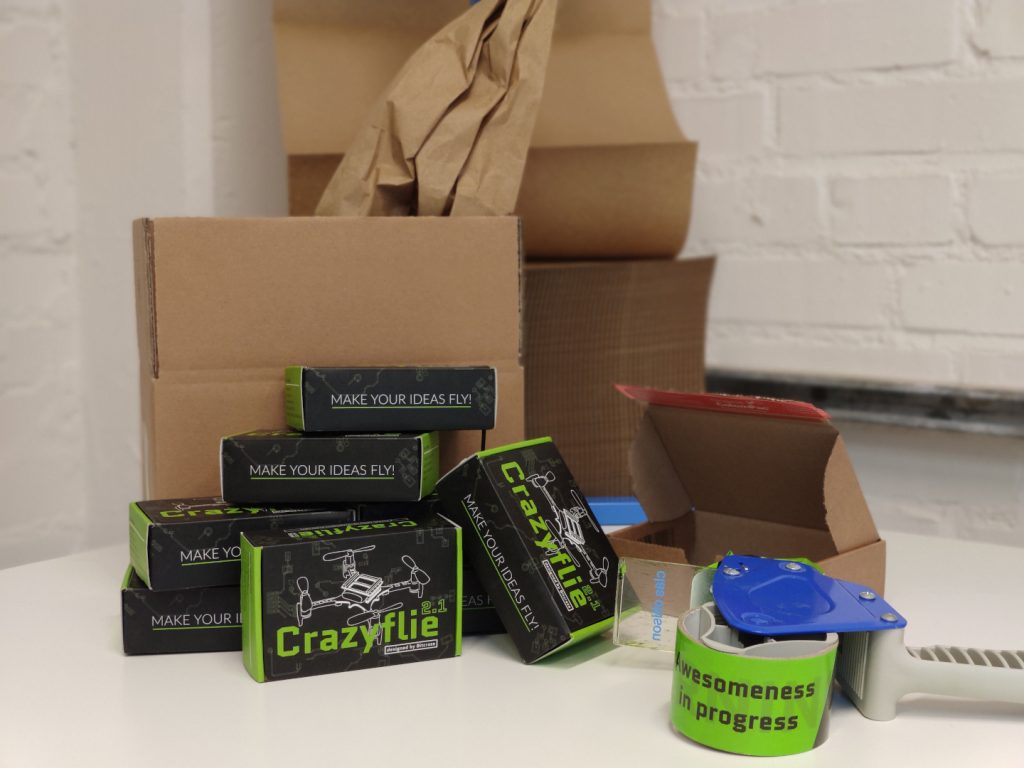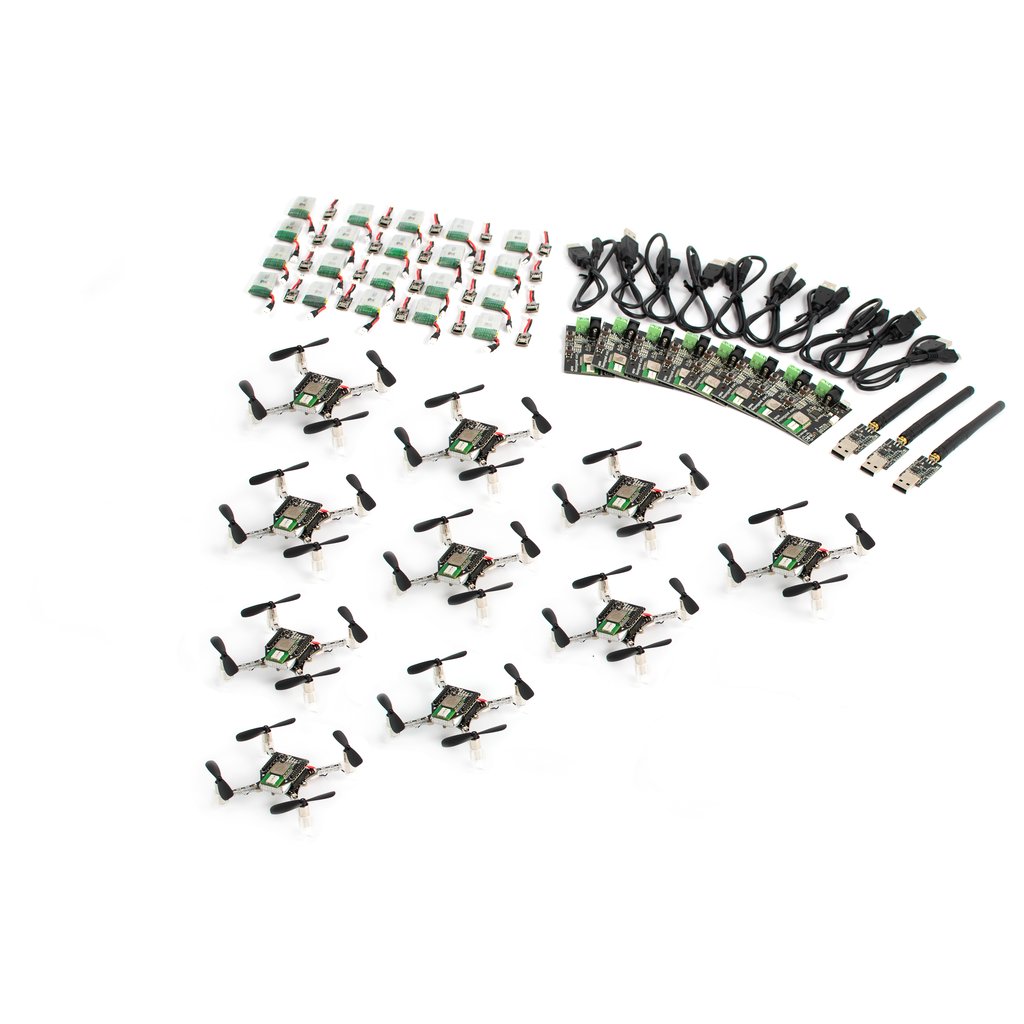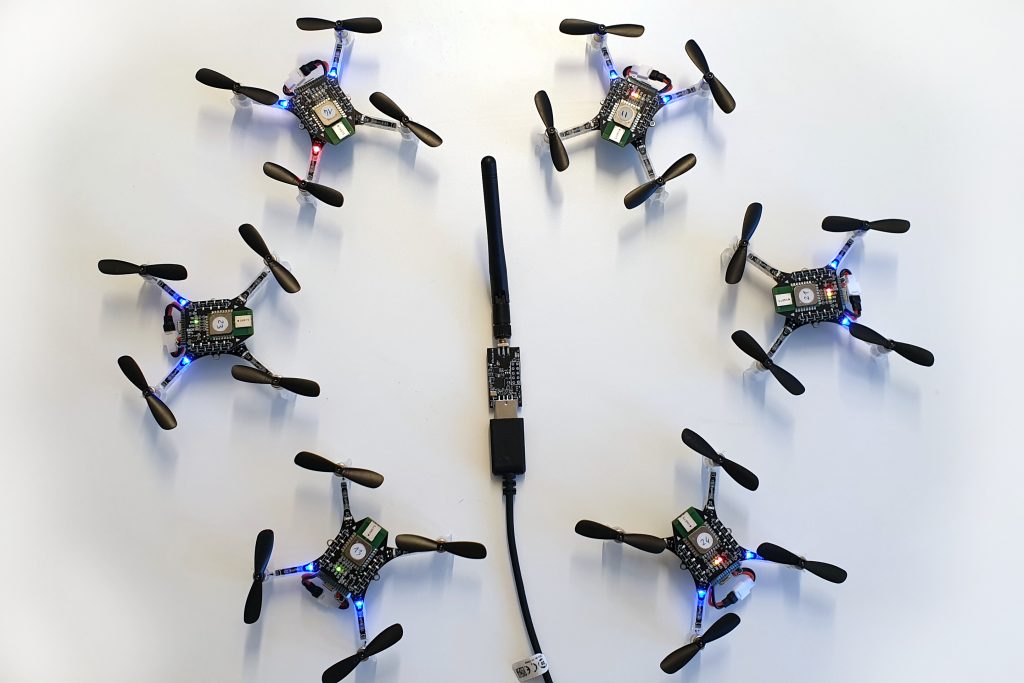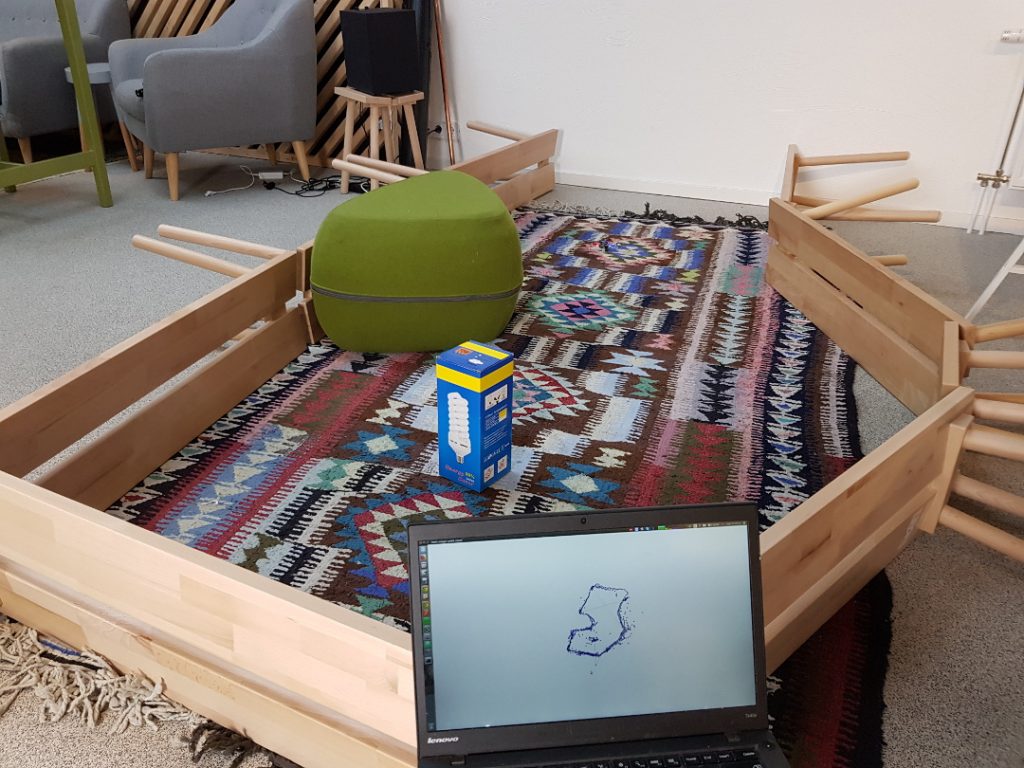Last week we had the first ever Bitcraze DEV meeting! With about 10 participants, we covered a range of topics. The meeting was mostly focused around how to handle support and what the DEV meetings should be about. We also had a chance to get some feedback, and one of the points was sharing a bit more what we’re currently working on and what we might work on in the future. So in the light of that, this blogpost is about CPX (the Crazyflie Packet eXchange) protocol. We’ve mentioned CPX before (1, 2), but with this blogpost I want to share the current status and some thoughts on why we need something new.
As summer is approaching and things are winding down, I’m talking the opportunity to get back to the AI deck and CPX. The AI deck was officially released out of early access last month, but there’s still more work to be done with porting examples, adding some more functionality and increasing stability and performance.
For the AI deck we’re only supplying examples, there’s no functionality that will be used with the platform (except for the WiFi connection maybe). This is in contrast to for instance the Flow deck, where there’s a specified functionality the user can use and that should work. So in order to move forward I came up with a little demo that I want to get working during the summer. The goal is to make an application where I can fly around the Crazyflie with the keyboard and get a video stream back. To achieve this I’m using the Flow deck together with the AI deck and using WiFi for both CPX and CRTP (to send command and to get images and logging).
Why we need something new
I’ve written a post about CPX in the past (link) where I detailed the issues we are trying to solve. But in short we needed was a protocol that …
- … could be routed though intermediaries to reach it’s destination
- … could handle high transfer rates with large amounts of data as well as small messages
- … could handle different memory budgets
- … doesn’t drop data along the way if some parts of the system is loaded
As the Crazyflie echo system grows and becomes more complex we need new tools to work with it. When CRTP was implemented many years ago, the complexity we have today wasn’t something we could imagine. The Crazyflie had the only MCU and the hardware on the decks were used directly from it. Now we have multiple decks with more complex systems on them: AI deck (2 MCUs), Active marker deck (1 MCU) and the Lighthouse deck (1 FPGA). Looking forward these more complex decks might increase in the future. With more and more functionality in the Crazyflie and resources occupied, like DMA channels and pins, some functionality might need to move further out onto the decks.
For each deck new protocols are implemented and specific code is needed in the Crazyflie to handle it. Some things also become complex, like getting printouts from the different MCUs on the decks. So for the AI deck we wanted to test something new and more generic to see if it would be something we could use more in the future to talk directly to different MCUs in the system.
Will CPX replace CRTP? Probably not. We’re not sure what solution we will land in, but I think CPX is a good step in the right direction.
Current status
Back to my little demo. To reach the goal there’s a few things which needs to be fixed:
- crazyflie-firmware/#1065: When starting to run CRTP over CPX (via WiFi) I’ve noticed that the UART2 driver was too slow, loading the system too heavily and creating problems down the line. So this is being worked on, and at the same time the old SYS-link over UART2 implementation is being moved to CPX instead.
- aideck-esp-firmware/#12: We’ve had reports of intermittent performance issues for WiFi, which is also effecting.
Aside from the issues there’s also a few other features that are being added:
- CRTP over CPX: Since I already have a connection for the images I also want to use this for controlling the Crazyflie. The latency is too high for controlling roll/pitch/yaw in real-time, but in my case I have the Flow deck for position control
- CPX over CRTP: Although not part of the demo, this is interesting to look at for the future. One example is that right now we have an implementation where the Crazyflie firmware has a special implementation for the WiFi credentials. If we would like to set it from the ground we would first have to do CRTP to the Crazyflie, re-package it and then send it via CPX to the ESP32 on the AI deck. Instead I would like to send it via CPX directly from the ground, saving us extra work and complexity in the Crazyflie
- Using Zeroconf/mDNS for finding AI decks: With this changes it will be possible to connect to the Crazyflie via the client, so we need a way to find the AI decks. For this Zeroconf/mDNS has been added, so AI decks will be automatically discovered on the local network.
The current status can be seen in the following draft PRs: crazyflie-firmware/#1068 and crazyflie-lib-python/#342. Note that until these are real PRs (not draft) they are not useful, so don’t try to use them yet.
CPX documentation
For more information on CPX and how it’s implemented, check out the documentation on our website we well as the specific documentation on using it from the GAP8.
